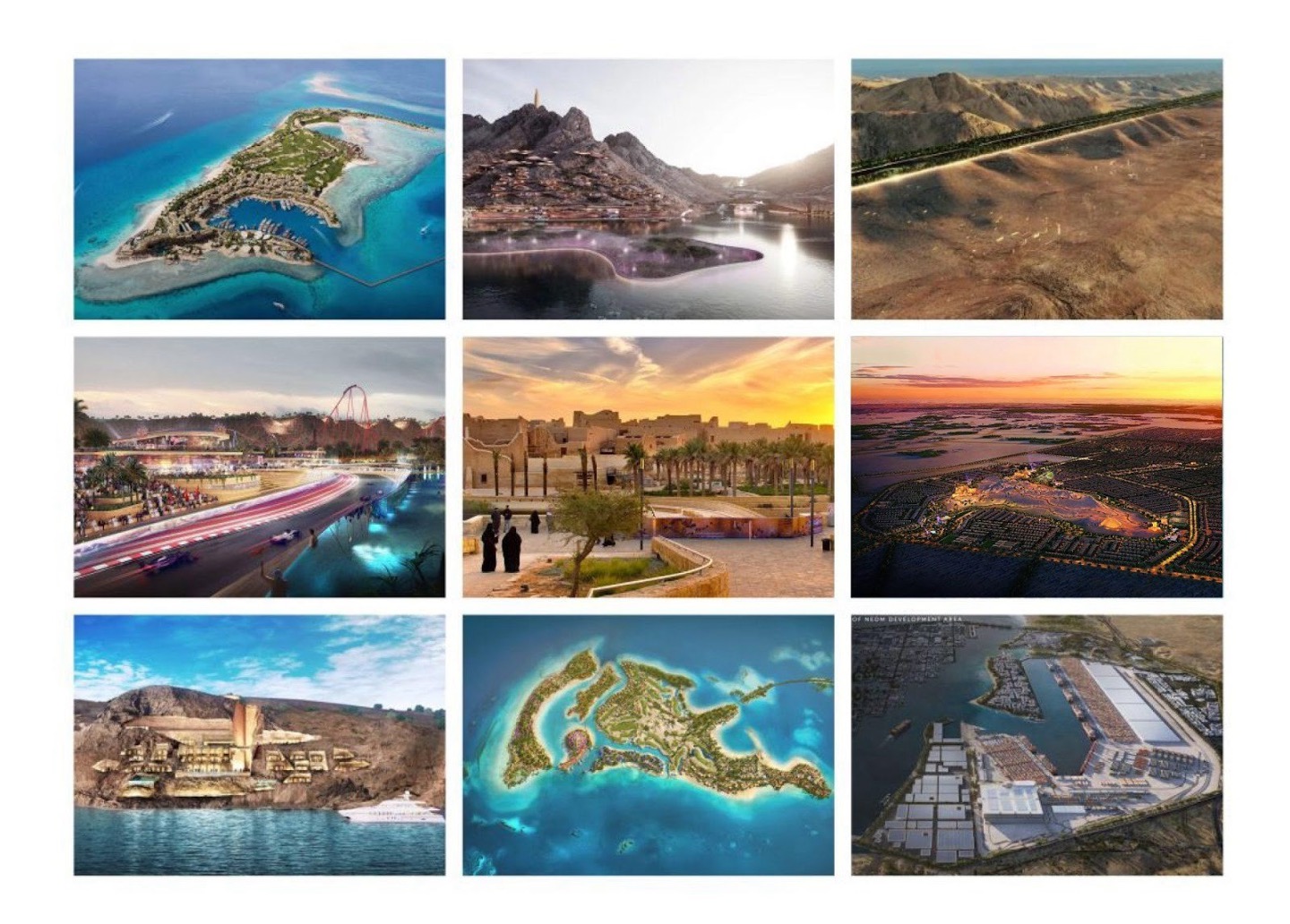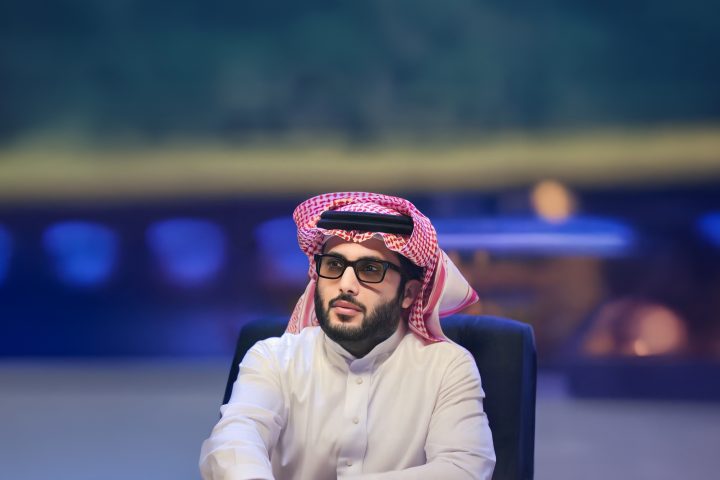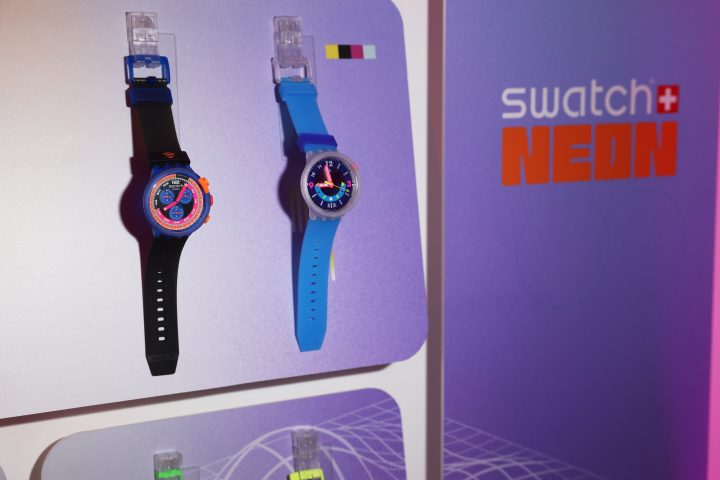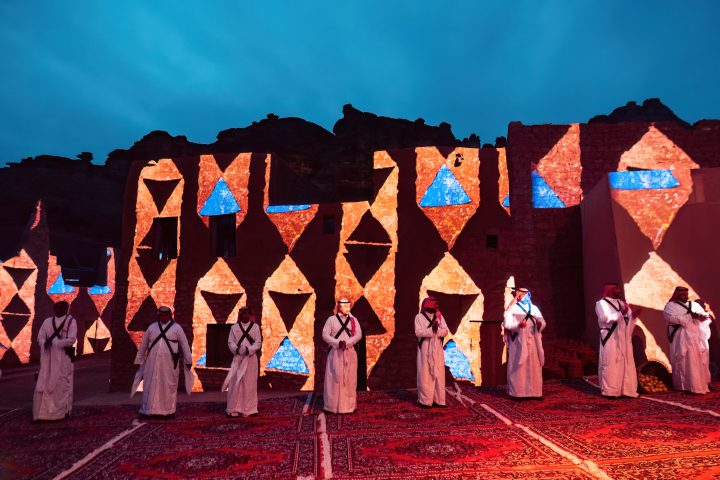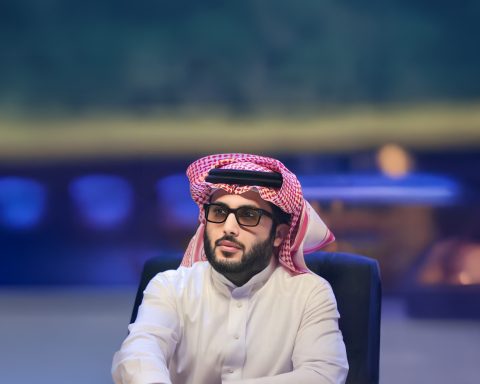By Teddy Abou Jaoudé | The Saudi Times
Saudi Arabia’s latest “giga-projects” are pushing the envelope of sustainable development, embedding environmental standards from the design phase through full operations. These massive developments from futuristic cities to luxury tourism destinations are not just about grand scale, but about setting new green benchmarks. More than monumental in scale, they are laboratories of environmental innovation, embedding sustainability from concept to operation. From NEOM to The Red Sea Global and Qiddiya, these developments turn Vision 2030’s green commitments into measurable progress in energy, water, and materials management, positioning the Kingdom as a global benchmark for climate-resilient design.
Energy Performance: Efficient Systems and District Cooling
Air-conditioning consumes over half of Saudi Arabia’s electricity reaching about 70 percent during summer peaks. Giga-projects are addressing this through high-efficiency systems and centralized district-cooling networks that cut energy use by up to 50 percent compared to conventional units.
At the Red Sea Project, a 32,500-ton refrigeration network powered entirely by renewables cools multiple buildings with zero emissions. NEOM’s Oxagon features a 25,000-ton system with smart controls and thermal-energy storage to manage loads efficiently.
Beyond cooling, the objective is full energy independence from fossil fuels. The Red Sea Project already operates on solar and wind backed by the world’s largest off-grid battery-storage system for a tourism microgrid, while NEOM’s $8.4 billion green-hydrogen plant anchors its path to carbon neutrality by 2030. The Line, NEOM’s 2.4-km linear city eliminates cars and roads entirely, using ultra-efficient transport to minimize sprawl and energy waste.
Across giga-projects, LED lighting, AI-driven management systems, and high-performance insulation have become standard. These solutions directly support Vision 2030’s goal of lowering national energy intensity and diversifying beyond oil. The message is clear: for Saudi Arabia, sustainability and growth advance together.
Circular Construction and Material Reuse
Mega-scale construction traditionally generates vast waste, but Saudi projects are transforming it into a circular-economy opportunity. The Red Sea Project committed to zero waste to landfill during construction. Its on-site facility recycles nearly everything: crushed concrete becomes road aggregate, metals and glass are sent to recyclers, food waste becomes compost, and even incinerator ash is reused in brick manufacturing.
Similarly, Sindalah Island within NEOM employs rigorous waste-reduction measures, including prefabricated modular units built off-site to cut debris and shorten timelines. Modular construction also reduces dust, noise, and safety risks while improving material precision.
These methods embody NEOM’s pledge to “hard-wire circularity into its DNA.” They also advance Saudi Arabia’s national goal to divert 94 percent of waste from landfills by 2035. More than an environmental milestone, circular construction is becoming a new industrial standard cutting costs, raising efficiency, and proving that sustainability is practical as well as principled.
Innovative Design and Sustainable Façades
Sustainability is also expressed in architecture itself. Saudi design is merging traditional climate-responsive principles with modern technology.
Across giga-projects, high-performance glazing, double-skin façades, and shading systems like brise-soleil drastically cut cooling needs. Towers employ insulated glass, cool roofs, and LED-integrated façades that combine efficiency with striking aesthetics.
On Sindalah Island, luxury merges with sustainability. Locally sourced stone and low-carbon materials reduce transport emissions, while coral-inspired structures maximize shading and natural airflow. “Sustainability is at the heart of Sindalah’s architecture,” notes the design team, blending artistry with environmental intelligence.
Developers pursue LEED and Estidama certifications, embedding efficiency in HVAC, lighting, water fixtures, and material use. NEOM’s planners apply digital twins and AI-driven modeling to optimize performance, experimenting with carbon-neutral cement and smart glass. Each site becomes an open-source experiment in sustainable construction under extreme climate conditions.
Saudi Arabia at the Forefront of a Global Green Conversation
Together, these initiatives redefine what sustainable development looks like in the Global South. Saudi giga-projects are both economic engines and environmental testbeds. NEOM serves as a real-time case study of renewable-energy urbanization, while The Red Sea Project proves that luxury tourism can run on zero emissions and zero waste.
The strategy extends beyond image-building. Vision 2030 links economic diversification directly to ecological responsibility, viewing climate resilience as essential to national security. Saudi engineers are gaining world-class expertise from energy storage and desalination to modular circular construction that strengthens the Kingdom’s emerging knowledge economy.
At home, these projects fuel new industries in solar energy, recycling, and green materials, creating jobs and civic pride. Internationally, they reposition Saudi Arabia as a sustainability innovator supported by the Saudi Green Initiative and the Circular Carbon Economy framework.
In this evolving narrative, progress and preservation are no longer opposites. Every wind-powered cooling plant, recycled façade, and reused drop of water reinforces one idea: the future doesn’t have to cost the Earth.
As cranes rise across the desert, they are building more than cities they are constructing a new global standard for sustainable living, one that places Saudi Arabia firmly at the heart of the world’s green transformation.


